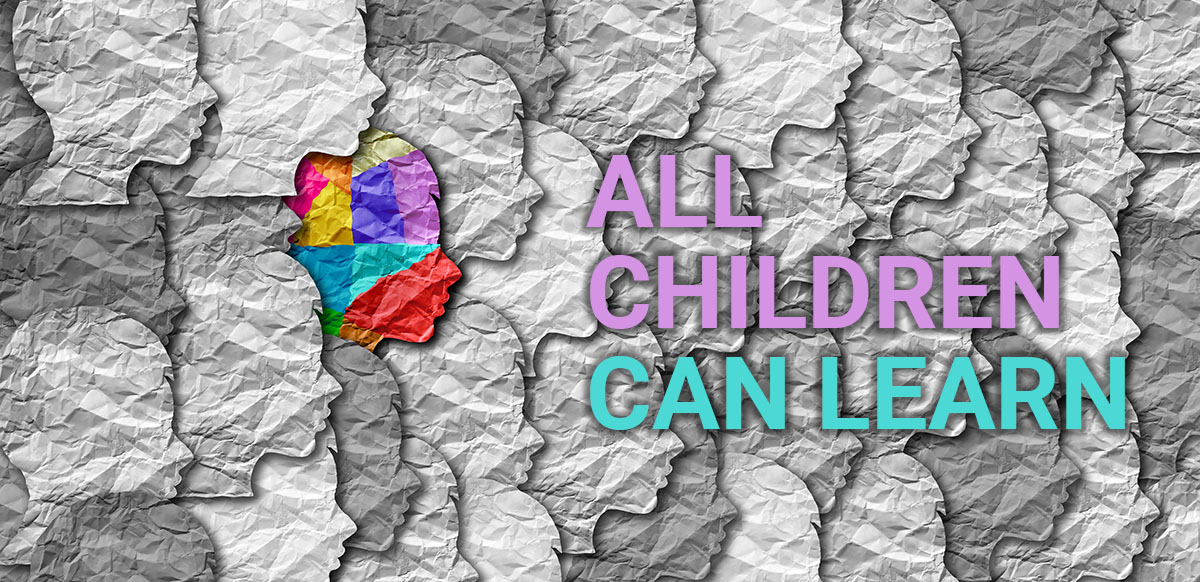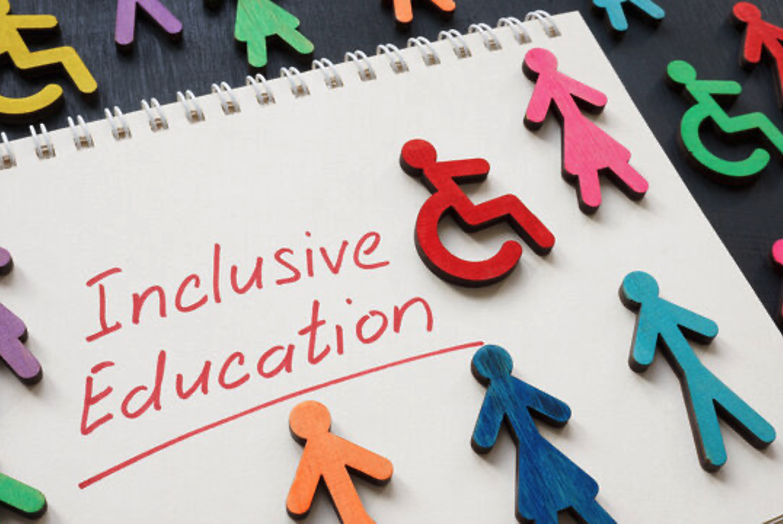Strategies for learners with Autism Spectrum Disorder
Social Stories

Why it is important to design and structure successful learning environments?
Strategies for learners with Autism Spectrum Disorder
Cognitive impairments often affect the ability for learners with Autism Spectrum Disorder to think literal, understand abstract concepts, use their imagination, and organize information or classwork (Asaro-Saddler, 2016). The three most common impairments for neurological symptoms are motor impairments, sleep disorders, and epilepsy (Jeste, 2012). A motor impairment may have various visual indicators displayed differently for each individual. Perhaps repetitive movements are displayed, such as hand flapping, rocking, ritualistic behaviors, walking in circles, and/or spinning. Likewise, the learner may have abnormal gait presentations, toe walking, difficulty with fine/gross motor activities, or even demonstrate the inability to motor plan (Jeste, 2012). Additionally, sleep disorders are a common impairment that affects up to 83% of children with ASD and it is reported that epilepsy affects up to one-third of this population (Jeste, 2012).
Learners with ASD often demonstrate a behavioral component and sensory sensitivities. It has been estimated that around 90% of learners with autism spectrum disorder display a sensory sensitivity (Dovydaitiene, Vaitiekute, & Nasvytiene, 2013). The sensory system is the body’s response to the environment where stimulation is being experienced. Whether this is through the auditory, visual, tactile, olfactory or the taste senses (Jasmin, Couture, McKinley, Reid, Fombonne, & Gisel 2009). In the classroom, researchers discovered that the auditory and tactile sensory modalities were the most impacted for learners with ASD (Fernandez-Andres, Pastor-Cerezuela, Sanz-Cervera, & Tarraga-Minguez, 2015). When the learner is impacted by a sensory impairment, and the sensory need is not addressed, then behaviors will emerge. The body will begin to react with inappropriate responses unless the sensory overload is reduced through proprioceptive and/or vestibular input (Jasmin et al., 2009).
So how can parents and teachers help learners overcome these challenges? It is suggested that evidence-based practices be used to help learners who struggle with sensory and cognitive delays. An evidence-based practice is a specific approach to teaching that is used in an applied situation or environment that produces an effective outcome (Sam, Kucharczyk, & Waters, 2018). Educators are encouraged to use EBP’s in the classroom to emphasize good teaching practices and to maximize successful outcomes for learners.
One such evidence-based practice in the area of social skills, communication and behavior is video modeling. Research has revealed that video modeling has a 90% improvement rate with behaviors related to social skills (Ledford, King, Harbin, & Zimmerman, 2018). A video would be created demonstrating the appropriate skill wanting to be taught. Whether that is a proper greeting to a peer, brushing teeth, or even a response to completing class work, the video would demonstrate that skill. The learner would watch the video, talk about the video if they were able to, and re-enact what is demonstrated on the video. The video can be watched multiple times to confirm and reinforce the appropriate skill (Ledford, King, Harbin, & Zimmerman, 2018).
As far as using evidence-based strategies for sensory sensitivities; a multi-sensory approach has been proven to be an effective method to use with learners with ASD (Thompson, 2011). Multi-sensory entails using the various senses that the body encounters. Learning can take place by seeing, tasting, smelling, hearing, and touching information in the environment. A sensory profile can help the educator identify the sensory need. Whether the learner is a sensory seeker, under responder, or an over responder, the protocol developed can be implemented demonstrating successful results. Some types of input for the sensory systems may look like proprioceptive or vestibular input. This is the movement (vestibular) or pressure (proprioceptive) systems that the body craves (Thompson, 2011). This can involve jumping on a trampoline, playing with sand, wearing a compression suit, or even chewing gum. But an assessment can provide the strategy necessary to see positive results.
References
Asaro-Saddler, K. (2016). Using Evidence-Based Practices to Teach Writing to Children with
Autism Spectrum Disorders. Preventing School Failure, 60(1), 79–85. Retrieved from http://search.ebscohost.com.libproxy.chapman.edu/login.aspx?direct=true&AuthType=ip, uid&db=eric&AN=EJ1082691&site=eds-live
Dovydaitiene, M., Vaitiekute, G., & Nasvytiene, D. (2013). Sensory processing and emotional
and behavioral difficulties in children with autism. Special Education, (28), 20-31. Retrieved from http://vddb.library.lt/fedora/get/LT-eLABa0001:J.04~ISSN_1392- 5369.N_1_28.PG_8-31/DS.002.0.01.ARTIC
Fernandez-Andres, M. I., Pastor-Cerezuela, G., Sanz-Cervera, P., & Tarraga-Minguez,
- (2015). A comparative study of sensory processing in children with and without autism spectrum disorder in the home and classroom environments. Research in Developmental Disabilities, 38, 202-212. doi: 10.1016/j.ridd.2014.12.034
Jasmin, E., Couture, M., McKinley, P., Reid, G., Fombonne, E., & Gisel, E. (2009). Sensori-
motor and daily living skills of preschool children with autism spectrum disorders.
Journal of Autism & Developmental Disorders, 39(2), 231-241. doi: 10.1007/s10803-
008-0617-z
Jeste S. S. (2011). The neurology of autism spectrum disorders. Current Opinion in
Neurology, 24(2), 132–139. Retrieved from doi:10.1097/WCO.0b013e3283446450
Ledford, J. R., King, S., Harbin, E. R., Zimmerman, K. (2018). Antecedent social skills
Interventions for individuals with asd: What works, for whom, and under what
conditions? Focus on Autism and Other Developmental Disabilities. 33(1), 3-13. Retrieved from DOI: 10.1177/1088357616634024
Sam, A. M., Kucharczyk, S., & Waters, V. (2018). Online Tools to Support the Delivery of
Evidence-Based Practices for Students with ASD. TEACHING Exceptional Children, 50
(3), 141–152. Retrieved from http://search.ebscohost.com.libproxy.chapman.edu/ login.aspx ?direct=true&AuthType=ip,uid&db=eric&AN=EJ1167012&site=eds-live
Thompson, C. J. (2011). Multi-sensory intervention observational research. International
Journal of Special Education, 26( 1), 202-214. Retrieved from http://eds.b.ebscohost.com.proxy1.ncu.edu/ehost/detail?vid=16&sid=78c2da0b-2b18-45a8-88b2-b1f60cb048c5% 40sessionmgr110&hid=102&bdata=JnNpdGU9ZWhvc3QtbGl2ZQ%3d%3d#db=ehh&AN =79745985
Related posts






